"Adam and Eva"
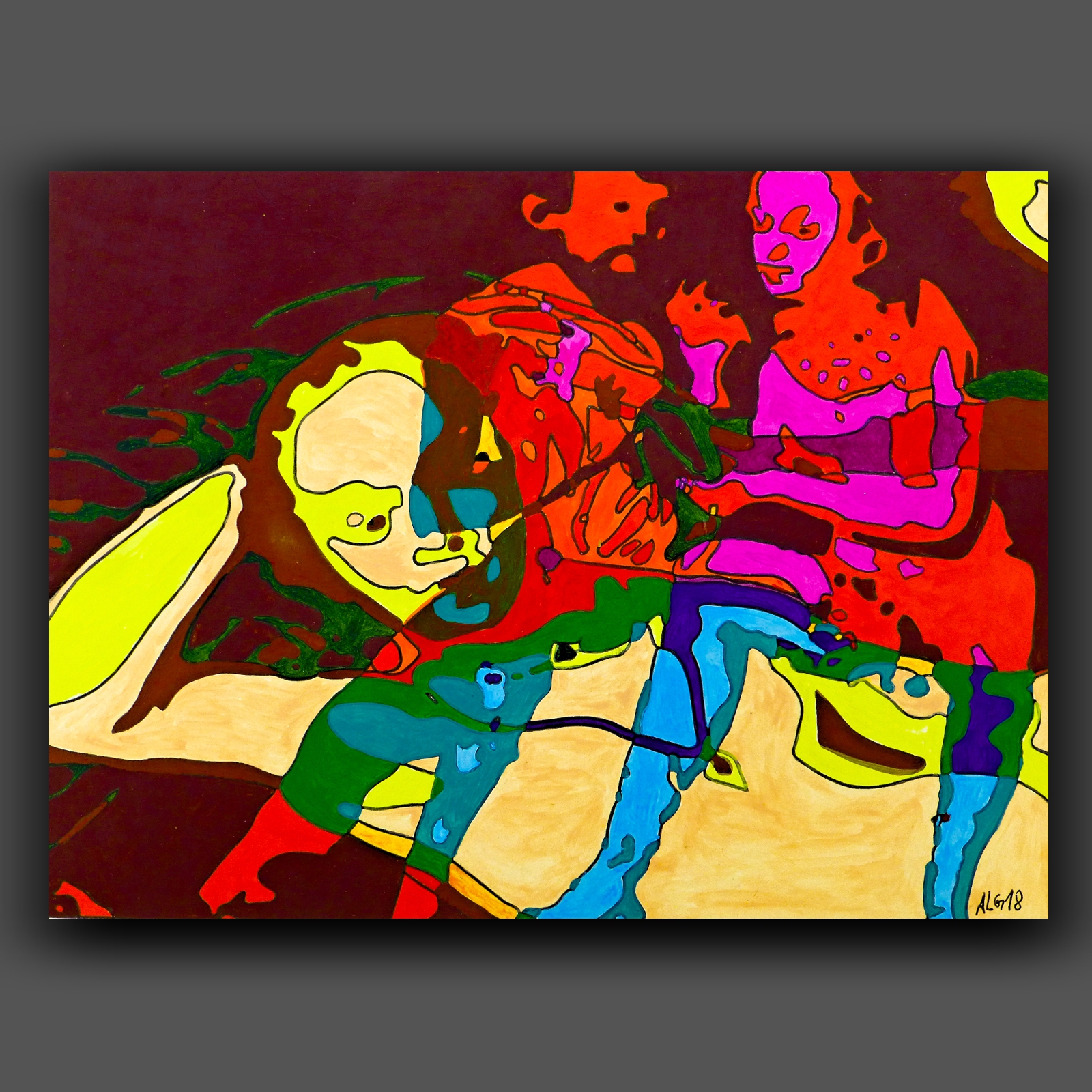
Oil painting on paper 40cm
"The Countess Anna Orzelska"
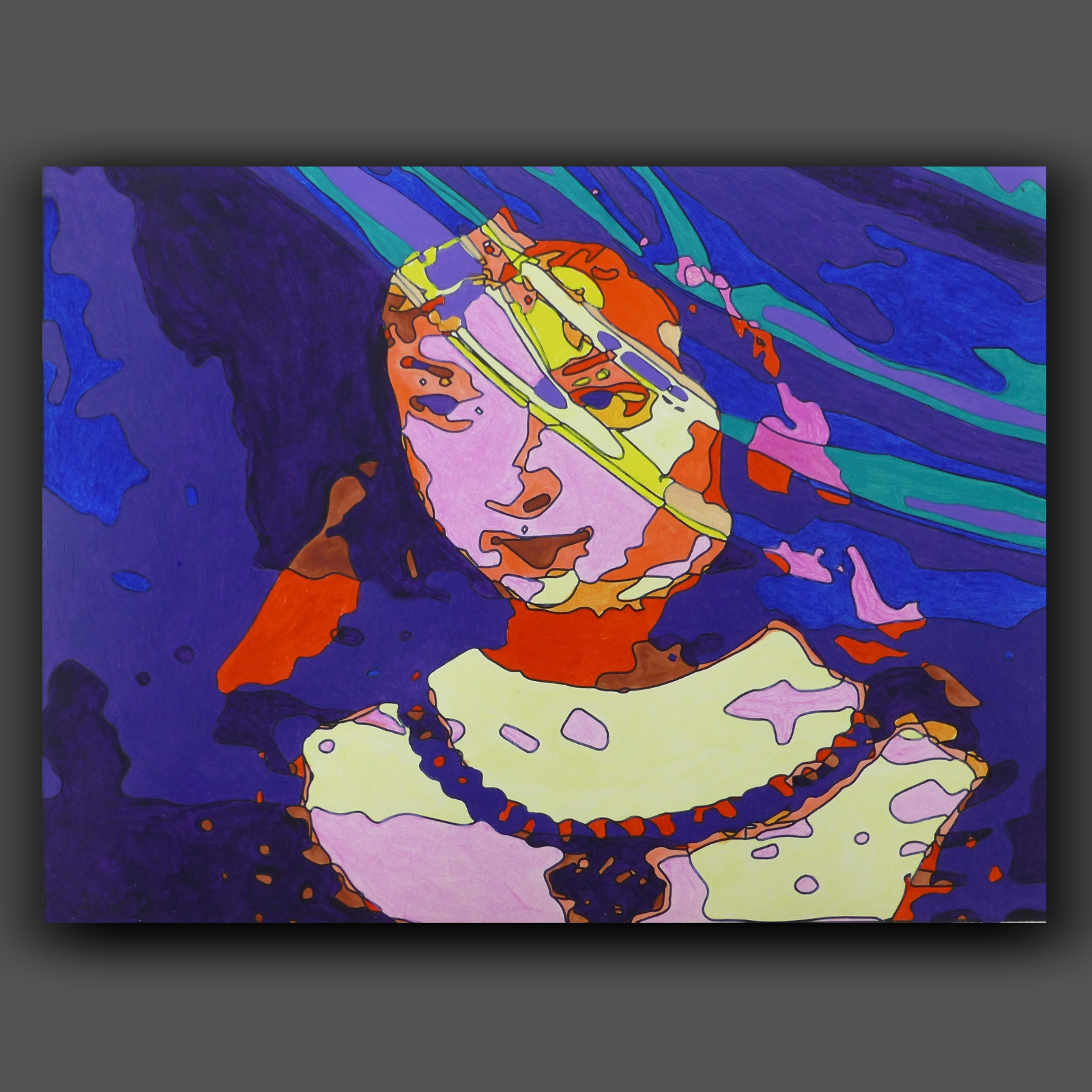
Oil painting on paper 40cm
"Cassandra"
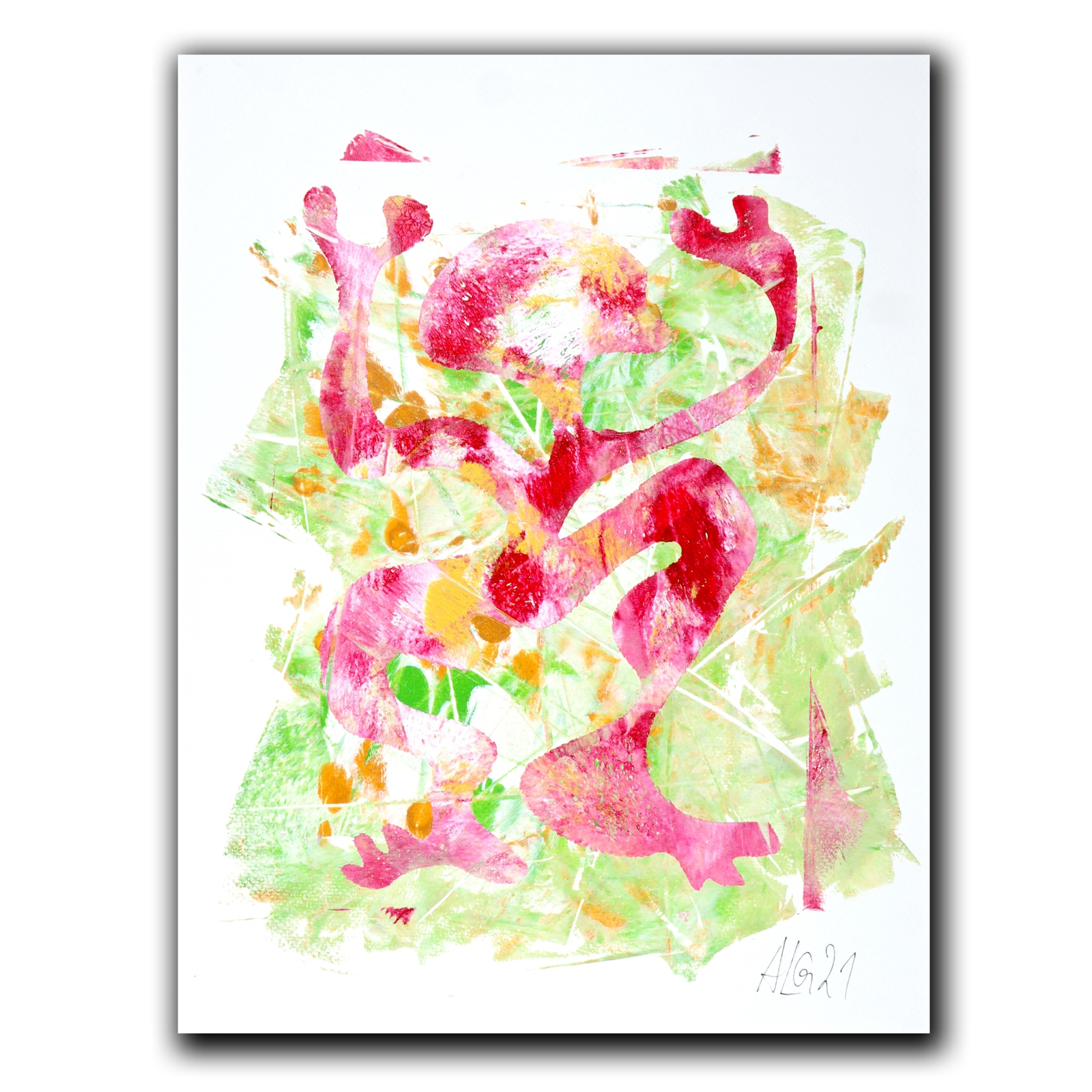
Oil painting on paper 40cm
"Runner"
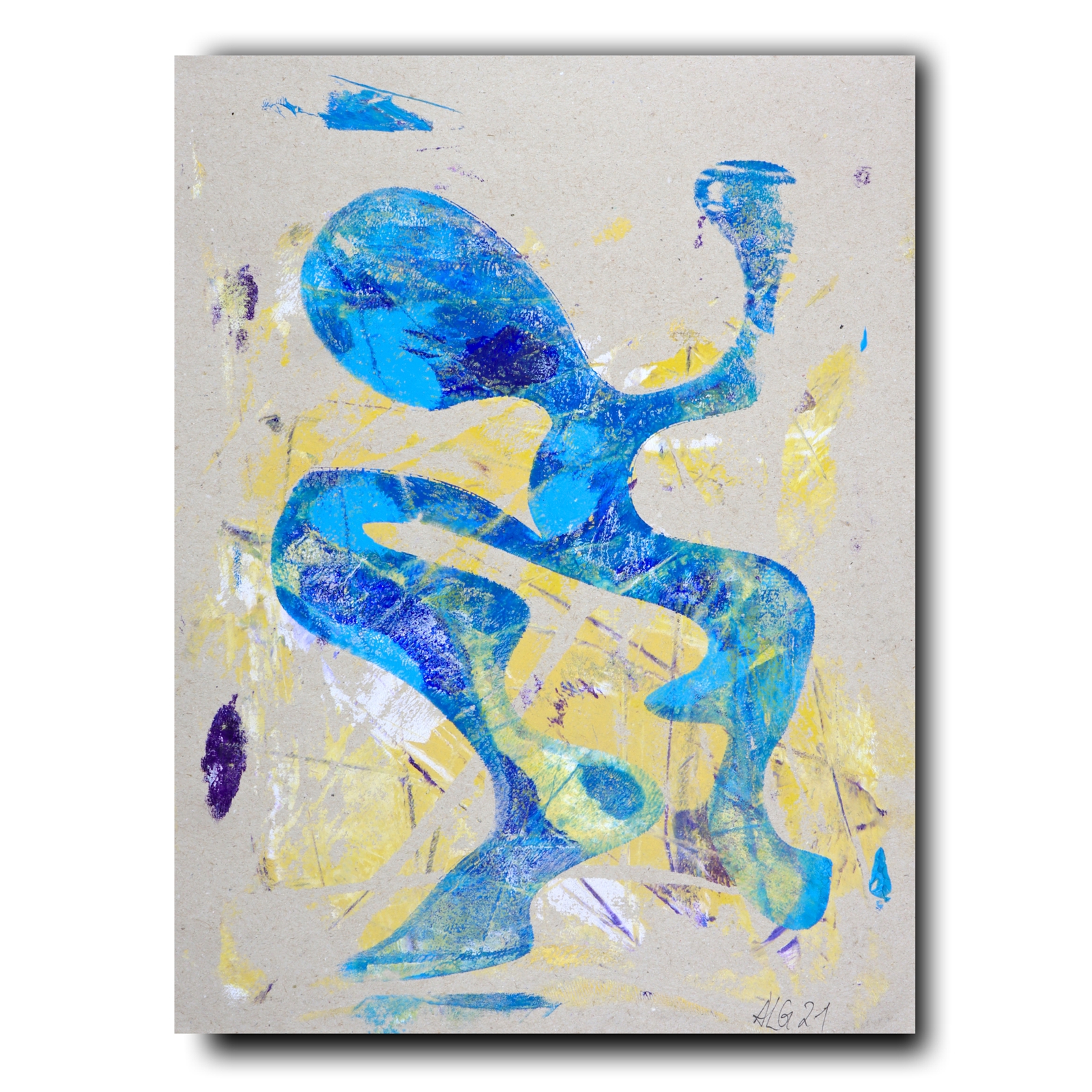
Oil painting on paper 40cm
"Madonna"
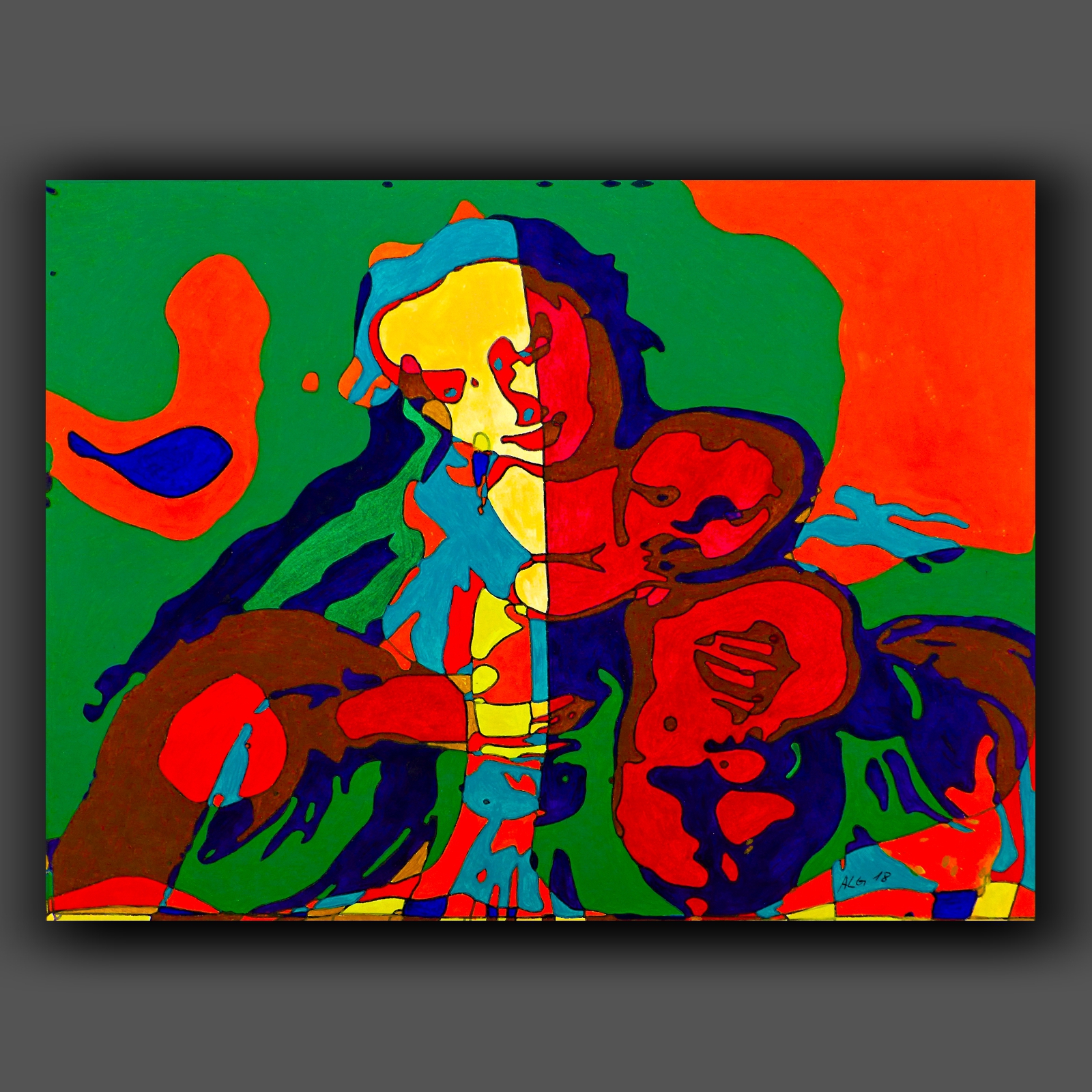
Oil painting on paper 20cm
"Martin Lutherer"
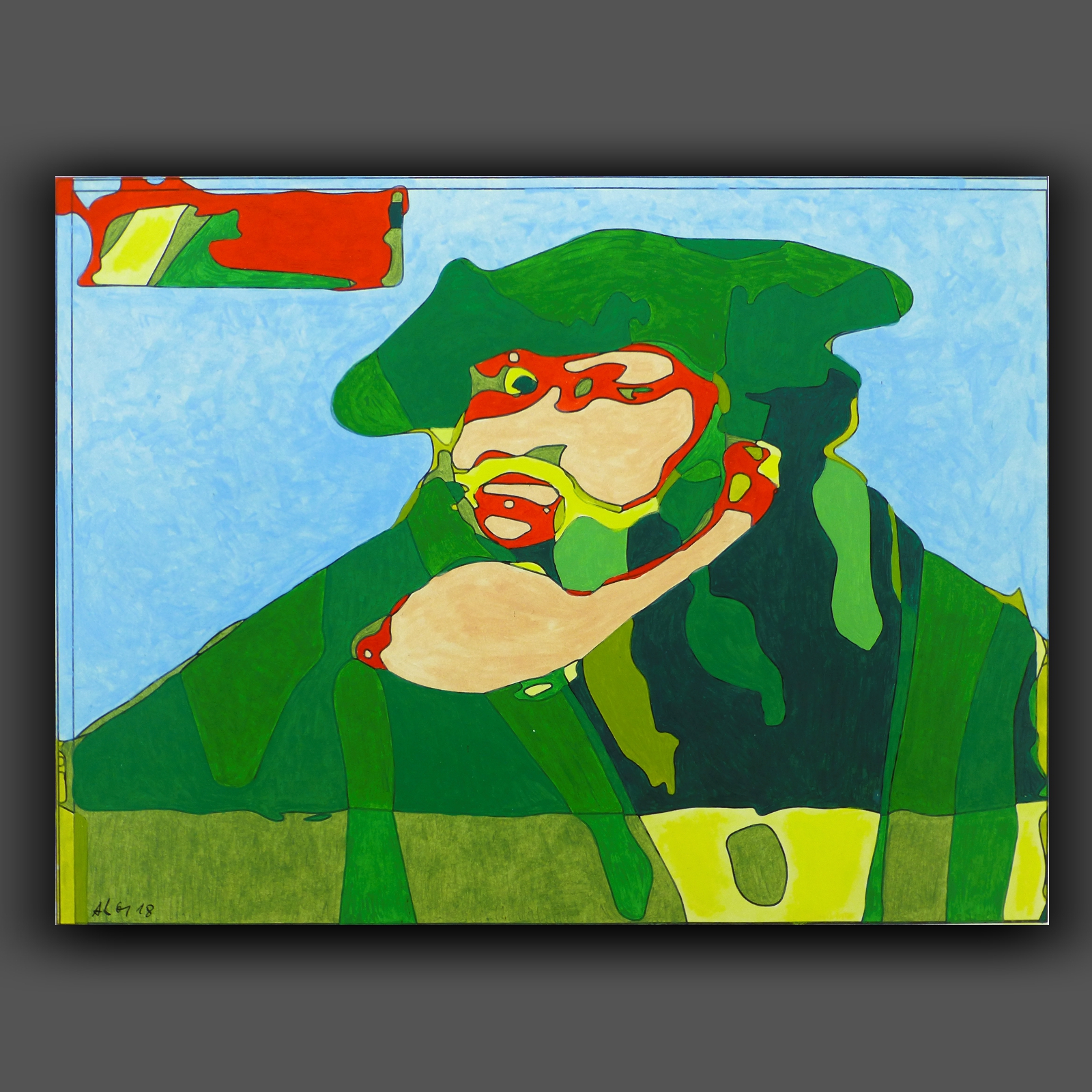
Oil painting on paper 40cm
"The yellow Nymph"
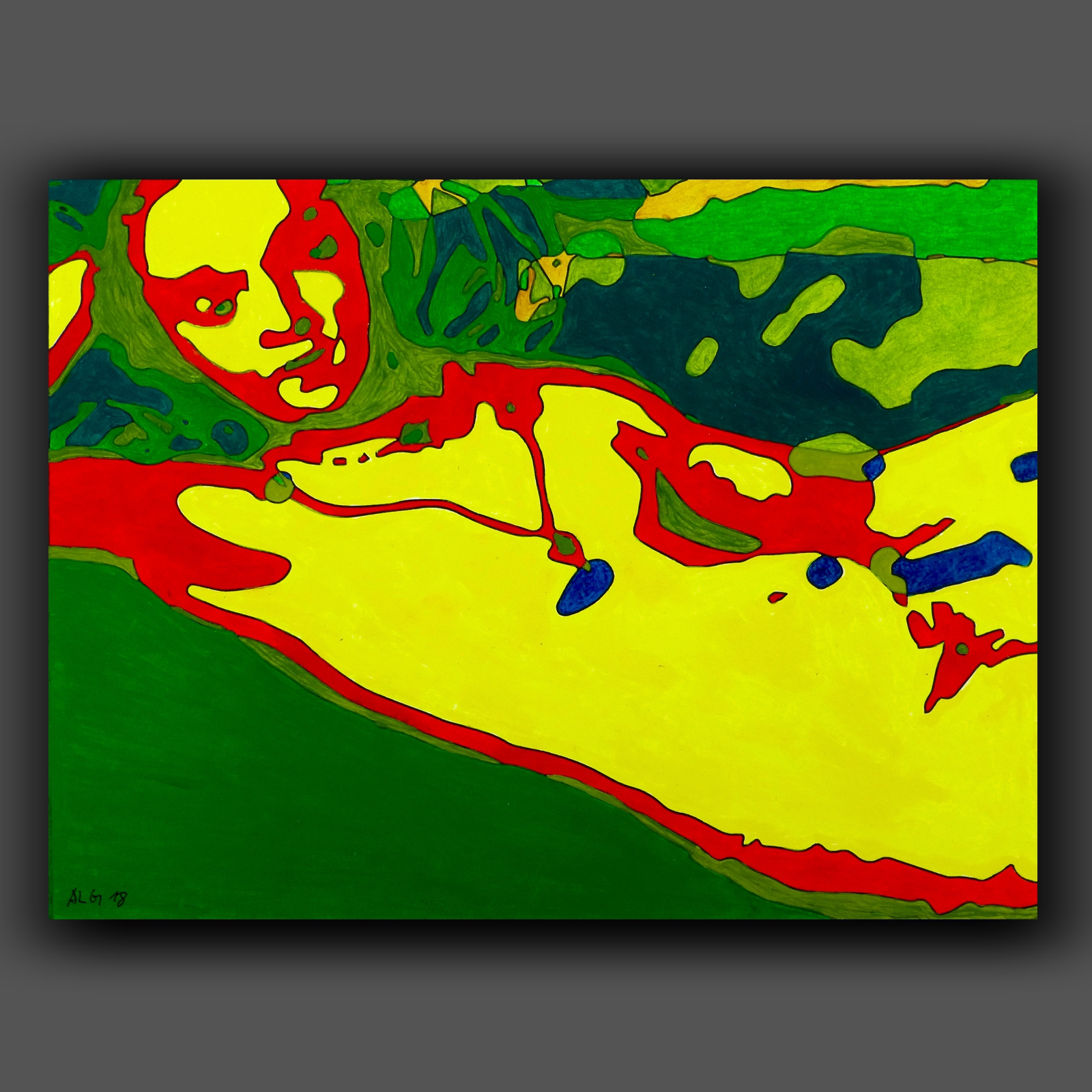
Oil painting on paper 40cm
"Pinocchio"
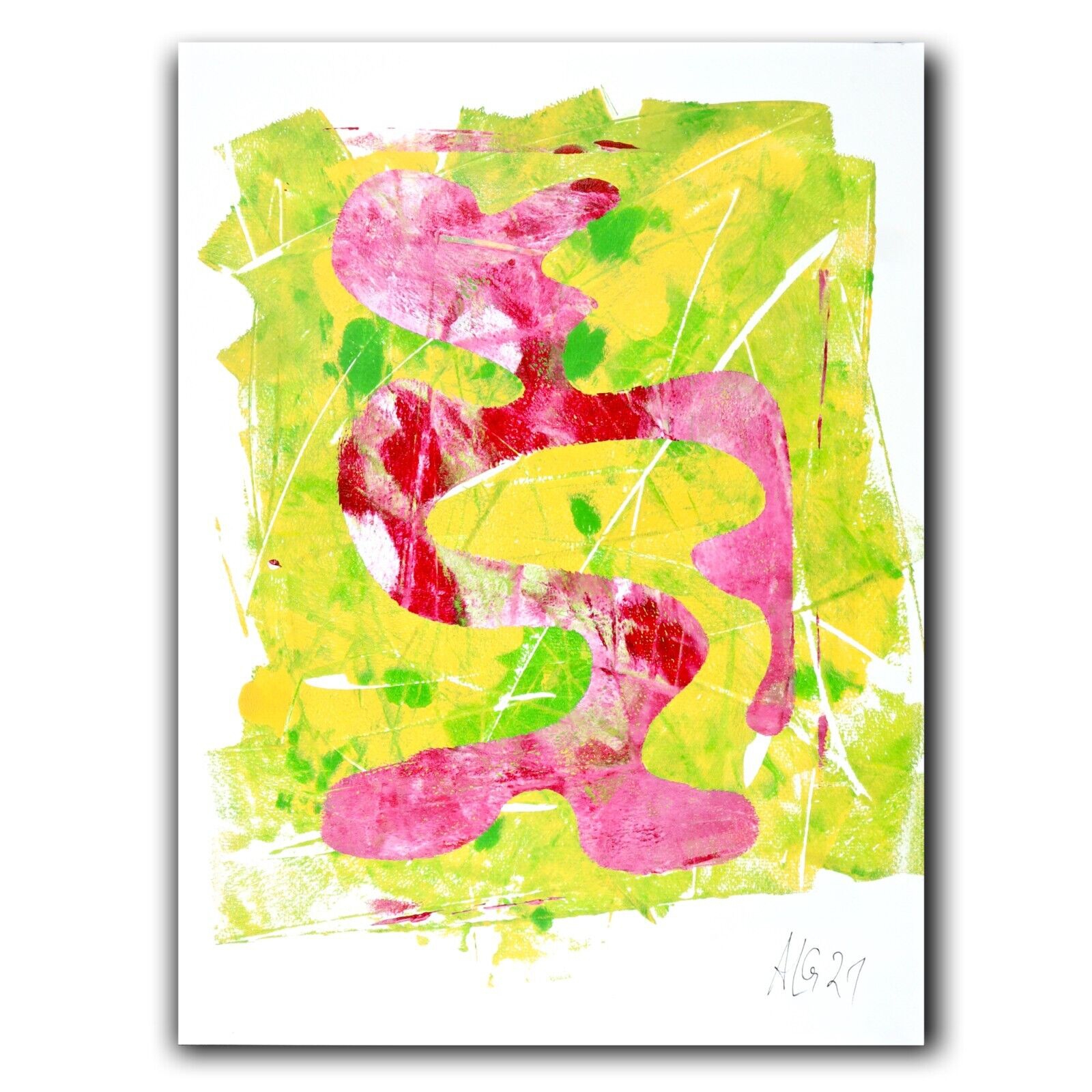
Oil painting on paper 50cm
"Turning point"
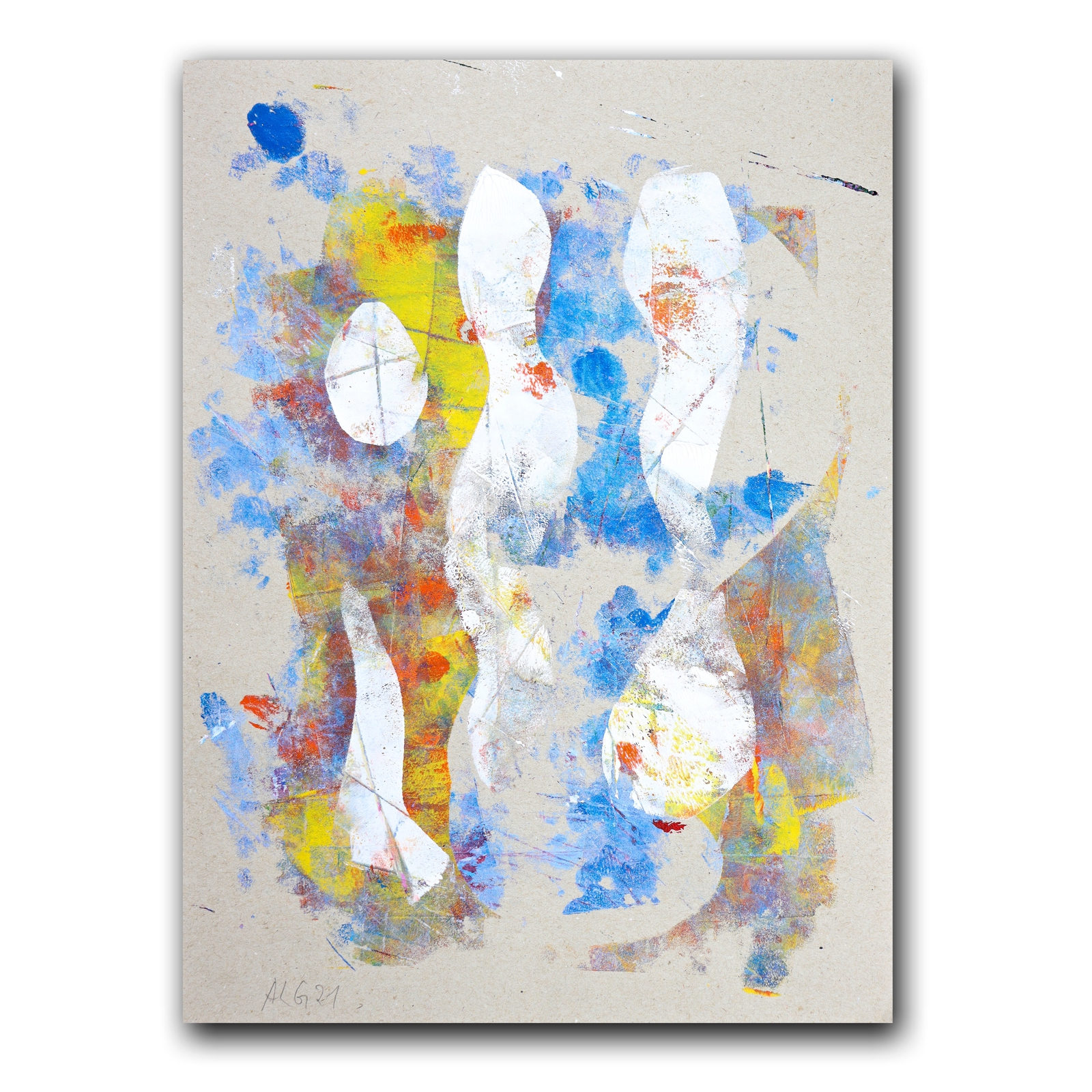
Oil painting on paper 50cm

"Adam and Eva" Oil painting on paper 40cm

"The Countess Anna Orzelska" Oil painting on paper 40cm

"Cassandra" Oil painting on paper 40cm

"Runner" Oil painting on paper 40cm

"Madonna" Oil painting on paper 20cm

"Martin Lutherer" Oil painting on paper 40cm

"The yellow Nymph" Oil painting on paper 40cm

"Pinocchio" Oil painting on paper 50cm

"Turning point" Oil painting on paper 50cm


















